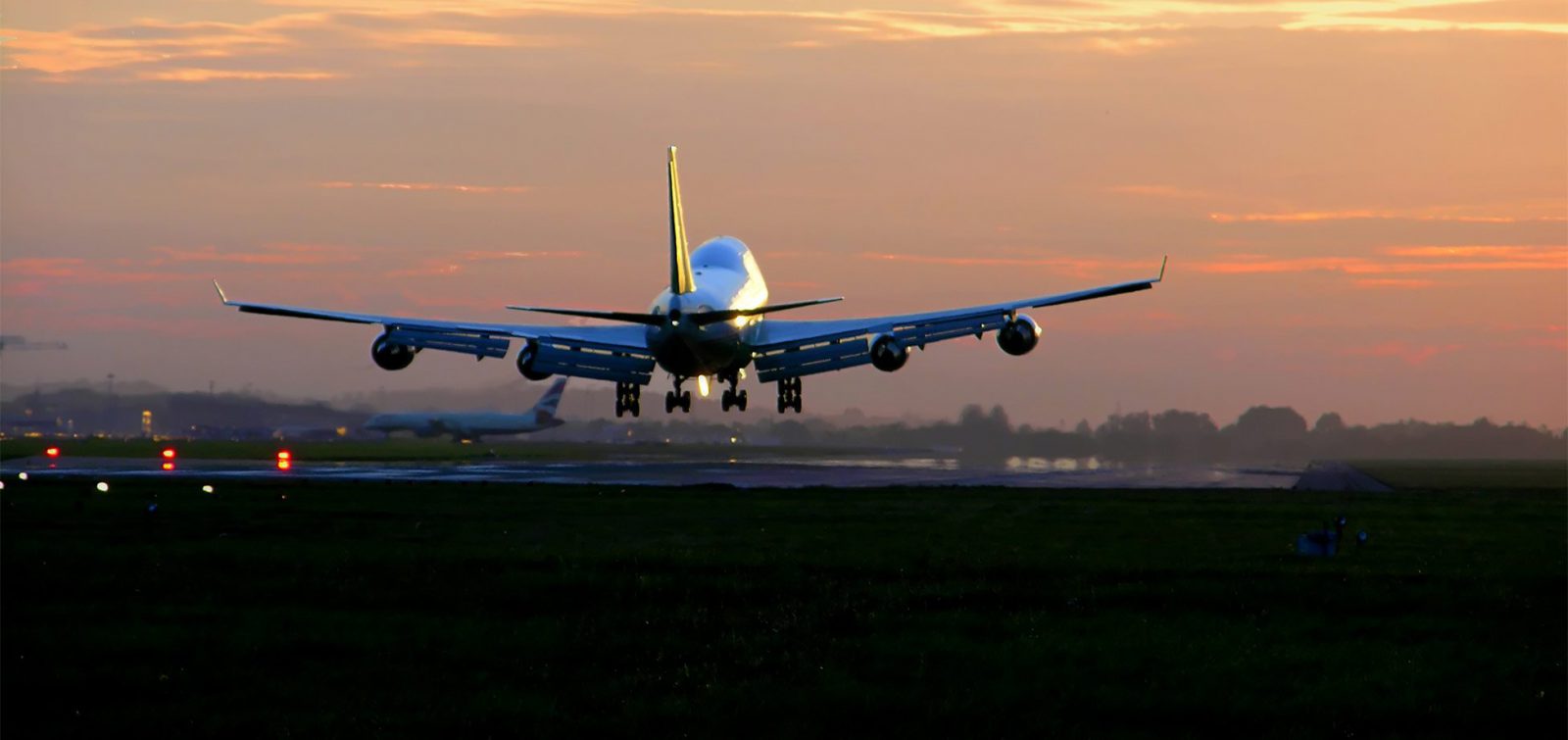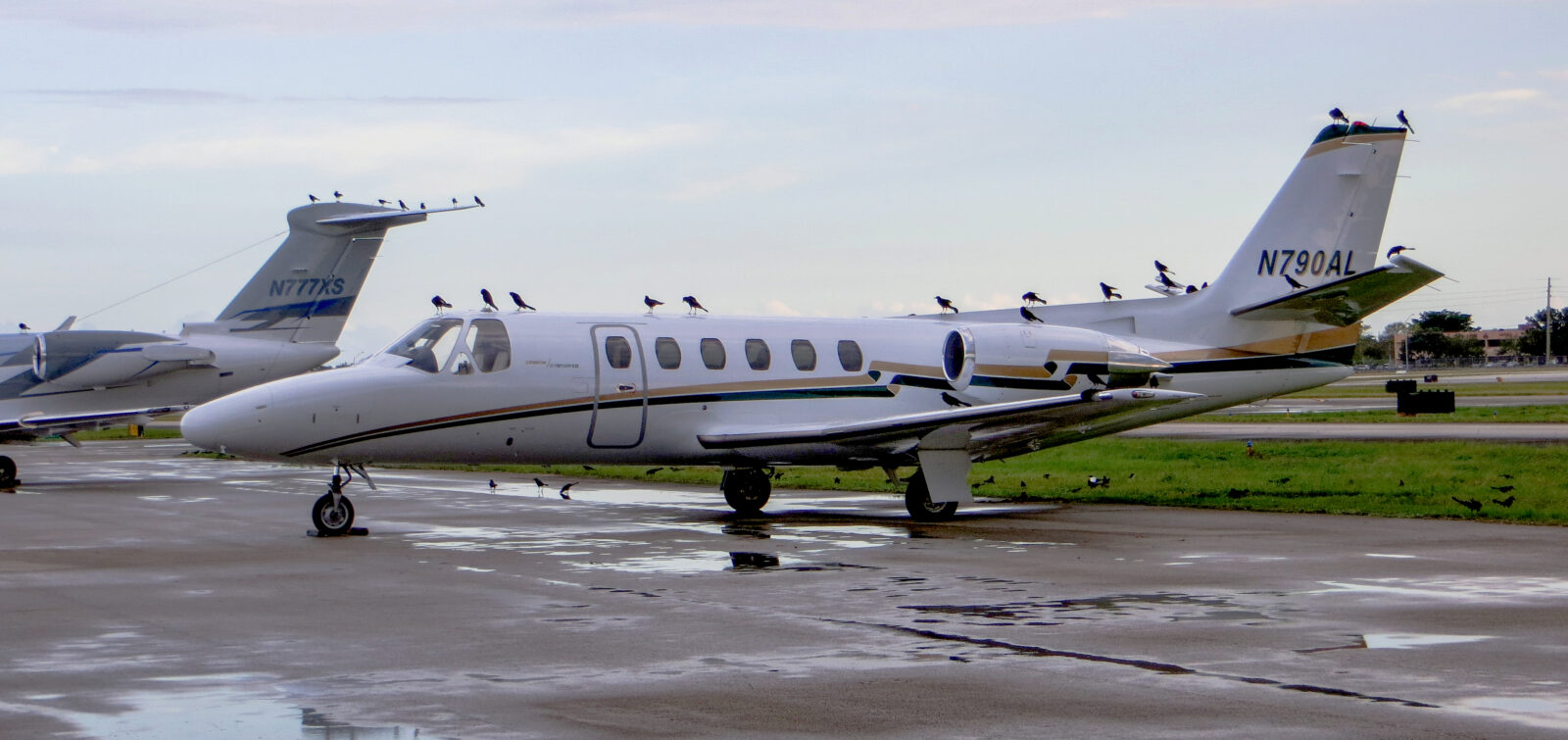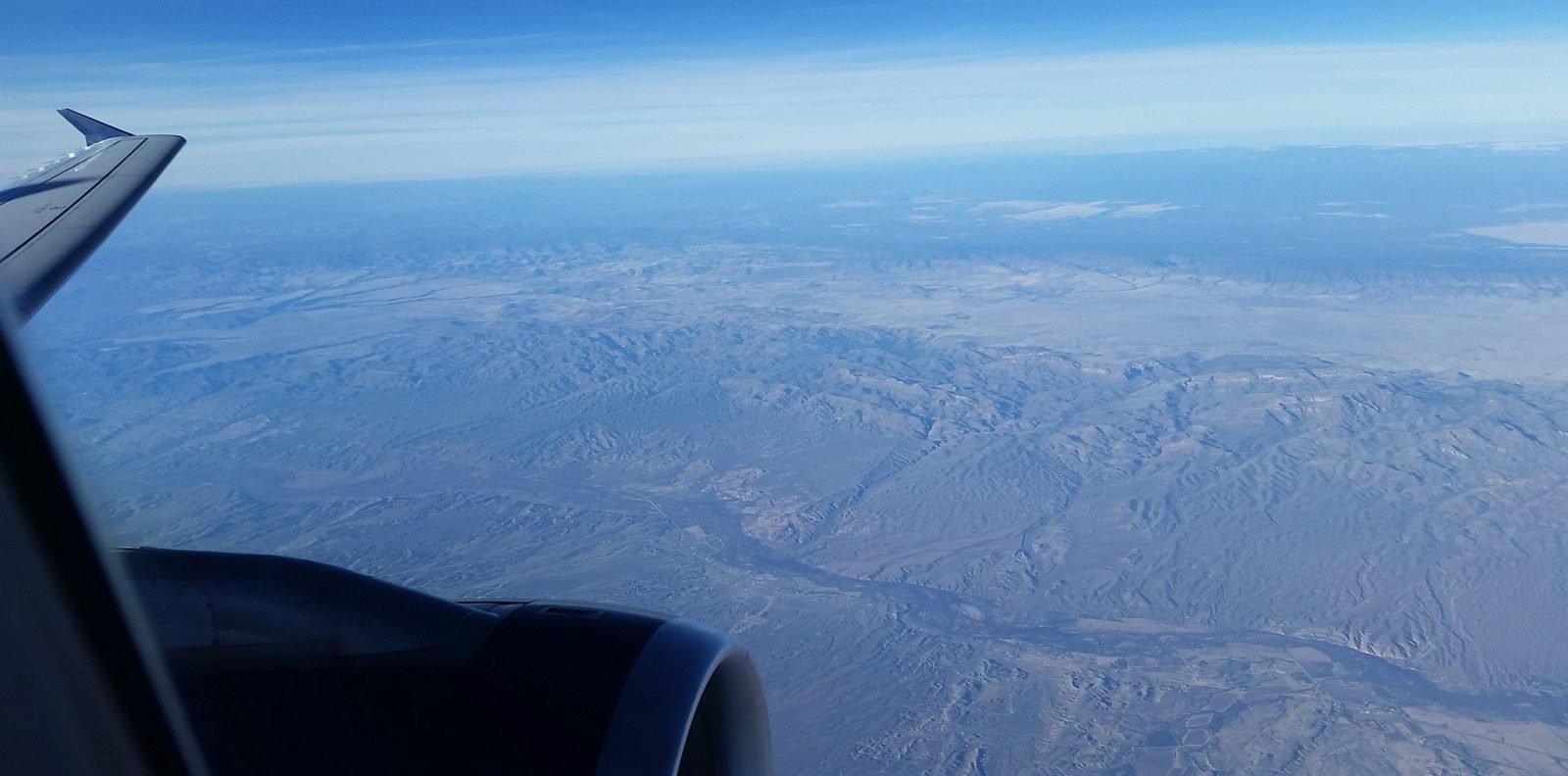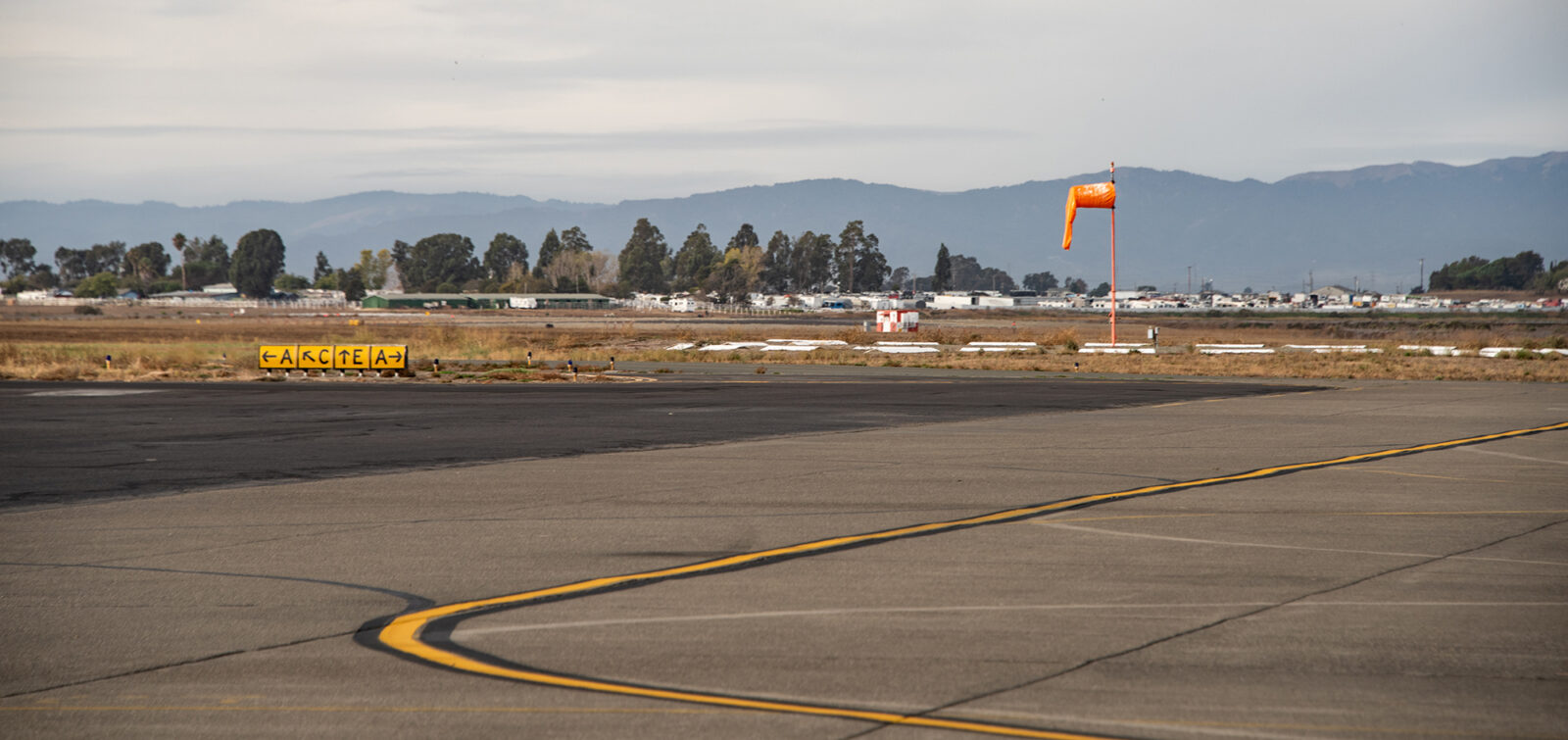ESA is thrilled to announce the promotion of Autumn Ward to the role of Airports Business Group Director! With 20 years of aviation experience and 10 years at ESA, Autumn has a strong background in aviation noise, stakeholder engagement and community outreach, and environmental planning. Read through the following Q&A to learn more about Autumn and her goals and priorities moving into this new role.
What are you most excited about tackling as you step into the role of Business Group Director for Airports with responsibilities in the Southeast and Southern California?
We’ve been in great hands under Mike Arnold’s guidance, but I’m looking forward to taking some of the heavy lift off his plate. I want to understand how ESA’s other business groups operate. Our group is small (but mighty!), and I’m keen to learn best practices from others at ESA. Additionally, I’m excited to collaborate with our leadership in California and the Pacific Northwest to expand our aviation practice in those regions.
You’ve been with the firm for a decade now and have clearly made an impact. Could you share a bit about your journey within the company and what specific experiences or skills you believe will be most valuable for our aviation clients?
I knew several of the folks at ESA from my involvement in the Florida Airports Council, and in 2015 I remember Peter Green (now at FAA) reaching out to me because they wanted someone “really organized” and he knew how detail-oriented I was from our time together at a previous firm. I think those two skills set me on the path to managing larger and more complex projects. I seem to excel (for better or worse) at leading the really challenging projects that can seem impossible—whether it’s the complexity, environmental issues, community concerns, deadlines, or a combination thereof. I’m great at assembling strong teams and tackling issues head on and getting to a successful conclusion.
I can honestly say that I wouldn’t be where I am today without the support of Mike Arnold. I’ve learned how to build client trust, navigate new challenges, and keeping morale up from him. He’s also been a consistent source of support, encouragement, patience, and gently pushing me outside of my comfort zone.
How did you get your start in aviation environmental consultation, and what motivates you to keep up this good work?
After graduation I worked on the space shuttle program for a year. It was an amazing experience; however, it was a contract position, and I needed more stability. During my job search, I applied for a position as aviation environmental planner. I had no idea what that meant—or even about the firm prior to applying—but I was hired and started out as an aircraft noise modeler, conducting the noise analyses primarily for Part 150 studies and environmental impact statements. Over the past 20 years, my role has evolved significantly. I find the community engagement component meaningful, and I really enjoy working with clients that can go beyond the minimum regulatory requirements. The best part of my job is that every airport and every project is unique, so my work is always interesting!
You have been engaged with many aviation organizations, but particularly so as a board member of the Tony Jannus Distinguished Aviation Society since 2019, including serving as the co-chair. Can you tell us more about that organization and what it means to you?
As an AvGeek through and through, aviation has always captivated me. So, when I was invited to an event with the “Who’s who” of the aviation world, I couldn’t contain my excitement. That event, back in 2007, was the annual Tony Jannus Awards—an experience that ended up marking one of the most memorable moments in my career.
The Tony Jannus Society pays homage to Tony Jannus, the pioneer who piloted the first scheduled commercial airline flight on January 1, 1914, from St. Petersburg to Tampa, Florida. Since its founding in 1964, the Society has recognized exceptional contributions to the airline industry through its annual awards gala, all while perpetuating the legacy of Jannus and the world’s first commercial airline. But its mission doesn’t stop there. The Society provides financial support to students pursuing careers in aviation through scholarships and sparks interest in aviation among high school students with an annual essay contest.
At the 2007 awards, I witnessed history being made as Colleen Barrett, President of Southwest Airlines, became the first woman to receive the Tony Jannus Award. Also in attendance was Herb Kelleher, Southwest Airlines’ legendary founder and a former recipient of the award. Meeting and conversing with Herb Kelleher at not one but two separate events during the 2007 awards remains one of those pinch-me moments of my career. His profound influence on the aviation industry was something I had studied in college but meeting him in person brought those lessons to life. My passion for aviation began much earlier, thanks to my dad, who instilled in me a love for the skies. As a first-generation college student, I had little guidance when exploring career options, scholarships, or how to manage the daunting reality of student loans. It was during my senior year of high school that I stumbled upon Embry-Riddle Aeronautical University, almost by chance. That discovery set me on a path I hadn’t fully imagined, and it’s why I now dedicate myself to ensuring that kids like me have access to similar opportunities in aviation.
Today, as the Fundraising Chair for the Tony Jannus Society, I’m proud to help push its mission forward. Leading our fundraising efforts, including the annual Silent Auction, has been both challenging and incredibly rewarding. When I joined the Society, the Silent Auction raised $15k–$20k per year—a respectable sum. But through a lot of hard work, collaboration, and a shared vision, we’ve grown that to $40k–$50k annually. These funds directly support scholarships and outreach programs, helping the next generation of aviation enthusiasts soar.
Historically, the Society’s scholarship program was exclusively available to students pursuing four-year degrees. However, there is a significant shortage of aircraft mechanics, a field that typically requires one to two years of training and can incur education costs of $40,000 or more. In my capacity as Co-Chair in 2023, I advocated for the expansion of our scholarship program to include trade students aspiring to careers in aviation. After thorough research and necessary adjustments, I am proud to announce that we awarded our first trade scholarship last year, alongside those for college students. This initiative represents my most meaningful contribution to the Society.
The Tony Jannus Society isn’t just about honoring the past; it’s about shaping the future of aviation, one student and one dream at a time. For me, being part of this journey is more than a passion—it’s a purpose. And I can’t wait to see where the flight path takes us next!
Looking ahead, say over the next 2-3 years, what do you hope to see in the way ESA evolves to serve our clients in this aviation market?
ESA’s Airports group is in a really great place. We have a significant amount of repeat business because of our good work, industry relationships, and overall client satisfaction. As we grow, I want to make sure we still provide excellent service and guidance to our clients. One of the biggest challenges we have currently is the changing regulatory environment. We need to continue to stay on top of the changes and be flexible and adaptable. Our clients want to know how the various changes can impact their operations, development plans, funding, and more. At the same time, we also need to be empathetic to our regulatory partners, as this is just as difficult, if not more so, for them. We’ve got the technical depth in spades, so I want to see our people-first focus and trusted advisor role continue to grow as well.
What impact do you hope your leadership will have on the team, our clients, and the firm’s standing in the aviation environmental consulting space?
We’ve had excellent leadership under Mike Arnold, and I want to ensure we have continued stability for our group while he focuses on the aviation market side of our business. After working together for 10 years, I have learned a lot from him and anticipate having a similar leadership style. We recently had a few key hires, and I want to ensure they’re able to reach their full potential with the support of our team. I think we’re in a good place to expand into new areas so we can continue to offer a wide range of services to our airport clients
Now is the perfect time to broaden our horizons and extend our reach into new markets, continuing to provide an expansive suite of services that our airport clients have come to rely on. While we’ve solidified our reputation as industry experts in Florida, my vision is to boldly elevate our name recognition on the west coast and ultimately across the nation.
Our team of aviation specialists is second to none, consistently delivering exceptional results with the backing of ESA’s diverse practices. Yet, too often, at industry events I encounter individuals unaware of the breadth of our expertise—from aircraft noise solutions to other specialized services. This is our moment to seize the spotlight, amplify our collective voice, and establish ourselves as an unmistakable leader in the aviation industry.







